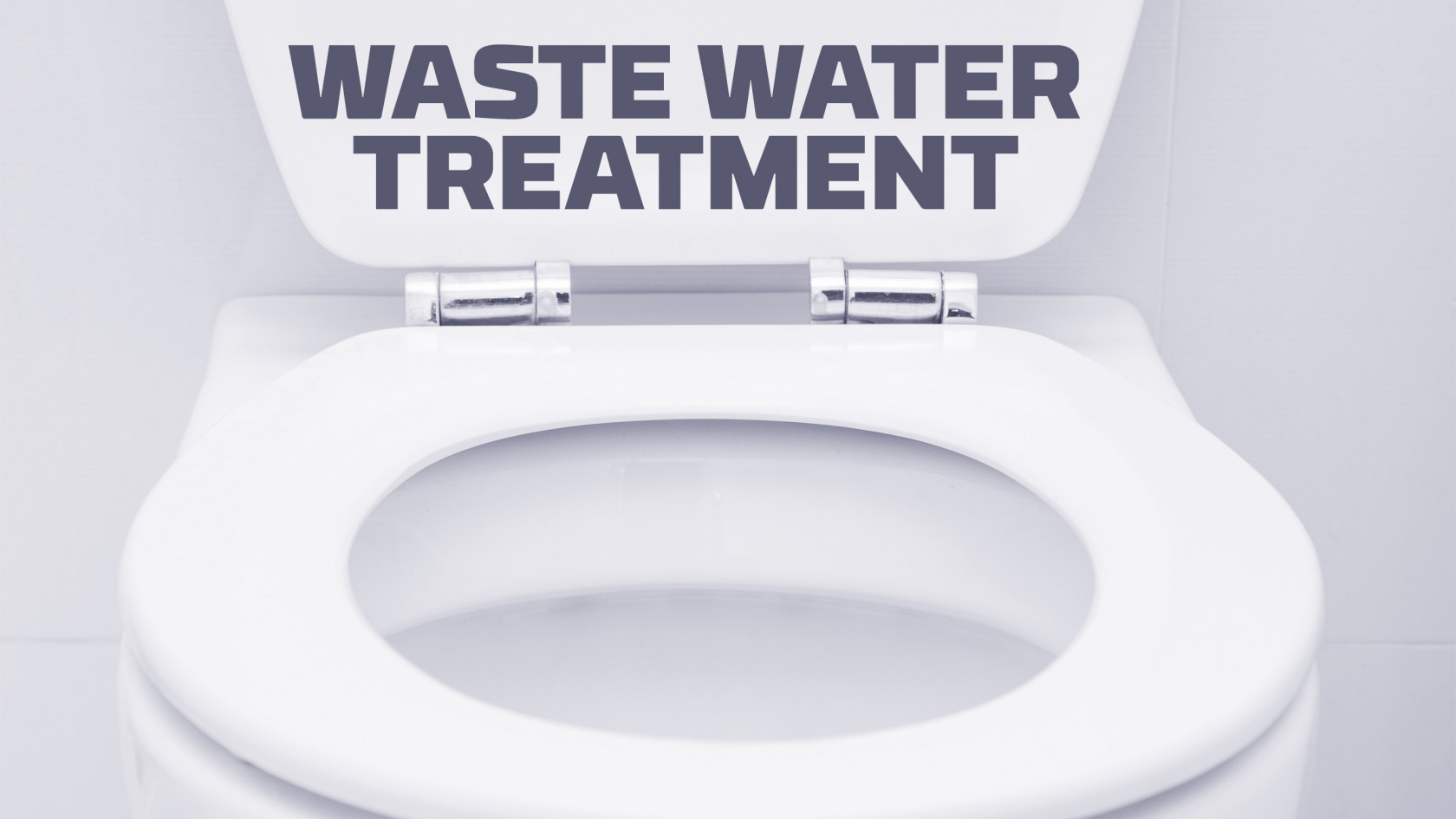Waste Water Treatment Using Electro Coagulation
Definitions
| Electrode | An electrode is a metallic contact through which the current can pass. |
| Total Suspended Solids (TSS) | Solids in contaminated water that can be trapped by filtration processes. |
| Colloids | Colloids are mixtures that have insoluble particles that are larger than a molecule but smaller than particles that can be seen with naked eye. |
| Sludge | Semi-solid material that is produced as a by- |
Electro Coagulation
Electro Coagulation is a process of separating impurities, hazardous chemicals and bacteria from contaminated or waste or dirty water to make it reusable again. Electrocoagulation is performed by applying an electric current across metal plates (electrodes) that are submerged in contaminated water.
Contaminated water consists of suspended particles called colloids. In contaminated water, these particles can be organic particles like germs, bacteria, algae, and inorganic particles like emulsified oils, clay, silt or hazardous chemicals. These suspended particles have surface charges that allows them to stay suspended in contaminated water.
An electrocoagulation unit consists of an anode and a cathode that are connected to a DC power supply. When contaminated water flows into an electrocoagulation unit, the following reactions occur:
- From the anode, metallic ions are released into the contaminated water.
- On the cathode, water is hydrolyzed, forming hydrogen gas (H2) and hydroxyl (OH) particles.
- Electrons move from the cathode to the anode. This destabilizes surface charges on the suspended solids (colloids).
When the electrons destabilize the surface charges on these suspended particles, the metal ions, along with the hydroxyl particles form complex compounds called flocs that includes metals and other contaminants. Colloids and emulsified oils are combine with these flocs to form sludge. Depending on the chemical composition of the floc, the sludge can either rise to the top and float or sink to the bottom. Sludge can be removed physically from the sludge tanks and disposed off in an eco-friendly process.
The water is now available for further filtering or reuse.
Flocculation
The process of water filtration also involves a process called flocculation. This process is usually done before the water is released into the electrocoagulation unit. Flocculants are chemicals that are added to contaminated water to form flocs and sludge.
Kit Ordered: https://www.makewater.org/storefront/coagulator
Excellent video demo: https://www.youtube.com/watch?v=VG7AZuZcRZI
This project is being developed as an open-source project with the following licensing:
- Software: GPL-3.0 - https://www.gnu.org/licenses/gpl-3.0.en.html
- Hardware, Design & other Intellectual Property: CC-BY-SA-4.0 - https://creativecommons.org/licenses/by-sa/4.0/


